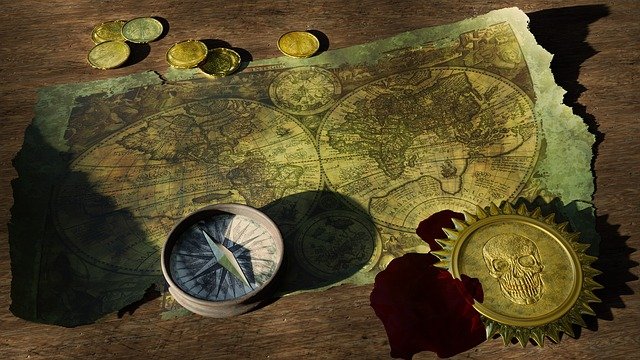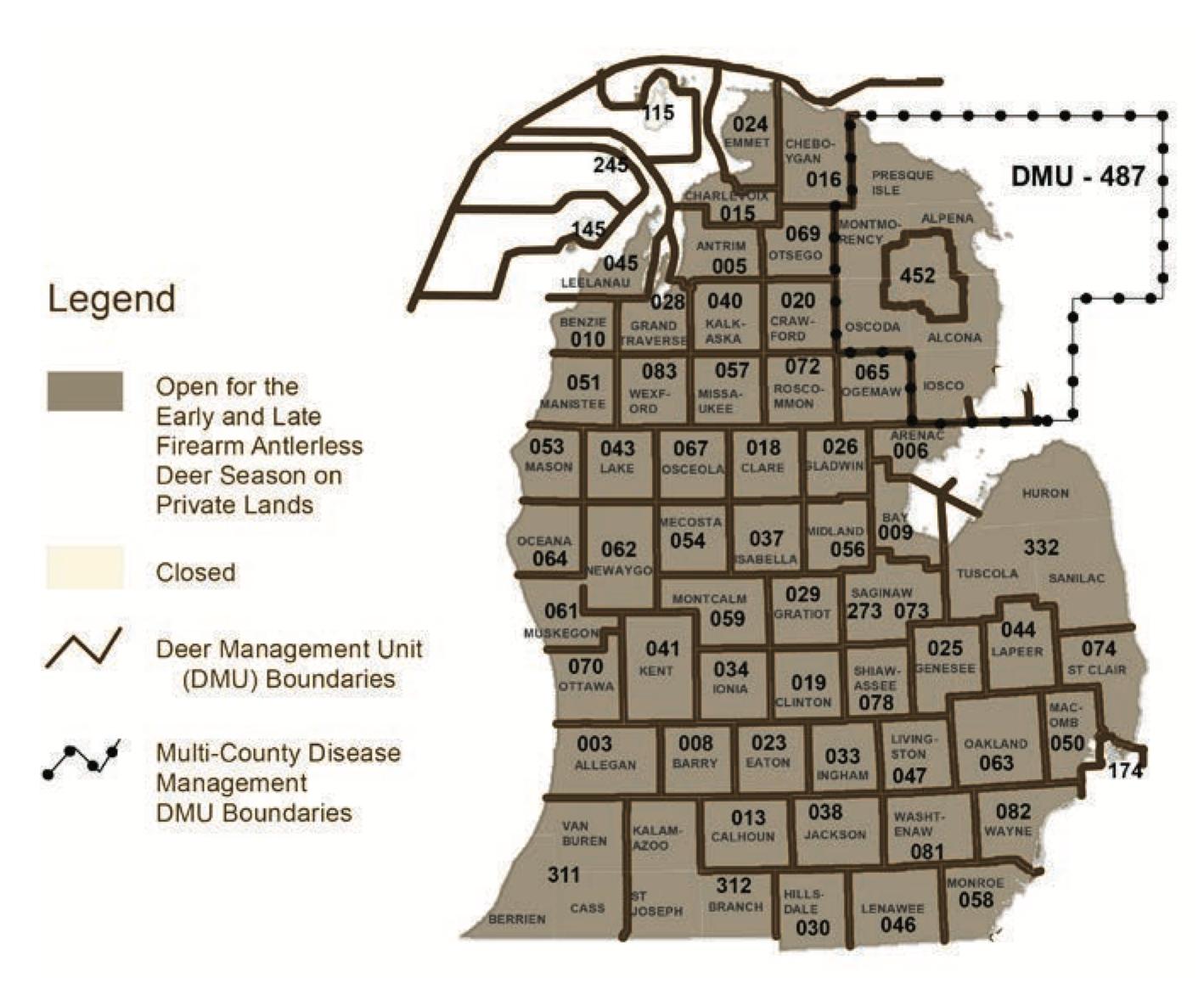
Target loads can be used to achieve more shots. They are more accurate and manufactured to higher standards. A dove typically flies at 55 MPH. However, tailwinds can make it fly faster. A good lead is required to shoot a dove. Lighter loads can also be used. You should not move until the dove is within 25-35 yards of your target. You can also shoot one or two times with a lighter load.
Find a place where doves are currently feeding to start your hunt. You can find doves most often in areas with wheat stubble, corn silage, and fields with wheat stubble. Another great place to hunt is near ponds with exposed banks. Before hunting season opens, scout these fields to make sure that they are active and feeding. It is best to place yourself near the birds so you can observe them come in. To lure birds in, you can use a motion-wing decoy. For the best dove hunting locations, it is a good idea to contact your local wildlife agency to find out if there are restrictions on how many doves you may hunt.
Once you've picked a spot to camp, observe the weather patterns. Keep an eye out for rainstorms and cold fronts. Doves do not like cold weather and will stay away from shotguns that are too cold. To hunt doves in your area, you will need a hunting license. You should not stop moving once you have spotted one dove.

It is best to have multiple decoys available if you are shooting a dove using a decoy. It is vital to be able differentiate between a living and decoy dove. You might find a decoy that looks similar to a bird, but it could be a dead fence or tree that you need to jump over in order to get a better view. If you cannot tell the difference between the two, you should use a decoy of an actual dove.
Doves move, so they must be located in a safe area. If you're looking for a dove in your area, you should look for a tree where they often roost. Once you have located the best spot, move closer to the tree and watch for doves to descend. You will then be able to observe the dove leave and return.
FAQ
Where is hunting most popular in the US?
The Midwest is the best place to hunt, as people live off the land.
Hunting is also very common in the Northeast, as many of those who live there were raised on hunting traditions.
This is where hunters from all over the nation travel to hunt the big game animals.
Hunting is less common in some regions of the country than it is elsewhere, making them less likely support hunters.
What does it cost to become an hunter?
Hunting costs can vary depending upon where you live.
You may not need to pay much to gain access to public lands in some areas.
Some states require permits or licenses before you may hunt.
Hunting prices vary depending on which type of firearm is used. A rifle is usually more expensive than a shotgun.
A license costs between $10 and $50. You may need additional tags depending on how many days you hunt.
Certain species require a permit to hunt. The size and type of animal you are hunting will impact the cost of your purchase.
Hunting wild turkeys requires a tag that costs up to $150.
Where can I purchase a gun? Do I need one?
A gun is required by law to hunt certain species.
A firearm is required by most states for hunters. The type of firearm required depends on which game you want to hunt, and what state you live in.
You can buy a rifle, shotgun, handgun, muzzle loader, crossbow, or archery weapon at any sporting goods store.
Be sure to select the right weapon for your purposes. A.22 caliber pistol is a good option if you're looking for small game hunting such as squirrels and rabbits.
Consider purchasing a larger caliber gun if your goal is to hunt large game like deer, elk or bears.
If you don't feel confident handling a weapon, do not buy it. Guns can be very dangerous. Never load it until you are ready.
A qualified gunsmith should inspect any gun you are considering buying. Ask the seller for instructions on how to load and unload your gun.
Be sure to verify the manufacturer's warranty. If there is no warranty, ask the dealer what kind of guarantee they offer.
Ask your dealer for a copy their safety instructions. These documents should contain information about safe storage as well as maintenance.
Verify the serial number. If it begins with "NIB", the serial number means that the gun was brand new.
If the serial number begins by an odd number, it means that the gun has previously been owned.
If you are unsure about whether the gun is used, contact the manufacturer. They should be willing to give you details about the gun's history.
Is hunting dangerous?
Yes, but it is possible to be injured during hunting.
There are several ways you can injure yourself.
An example is poor shooting techniques. It is possible to shoot at the wrong angle and hit the wrong parts of the animal.
Another possibility is to be attacked by another pet.
Hunting accidents happen every day. Many people are seriously or fatally injured by guns.
Hunters should not load their guns before they reach their destination.
When they are out in the woods, they should make sure that their guns don't get loaded.
Always keep your eyes open. Pay attention to where you are going and listen out for any sounds.
Avoid interacting with animals unless your are ready to defend.
Never chase after prey. Instead, wait patiently for them to come to you.
Never make a mistake. They could result in injury or death.
Be aware of cliffs, and other places that you cannot see down below.
Stay away from rivers and streams. These places could flood unintentionally.
It is best to not drink alcohol while hunting. Alcohol affects your judgment and slows down reaction time.
Keep all safety equipment close at hand. Always keep a flashlight and a first aid kit close by.
It is crucial to be able respond to an emergency. Do not assume you know the basics of first aid or CPR.
Statistics
- - Percent of residents with paid hunting licenses: 0.7%- (stacker.com)
- Thanks to the 1937 Pittman-Robertson Act, an 11% excise tax was placed on the sale of firearms, which were then used for conservation. (stacker.com)
- - Percent of residents with paid hunting licenses: 0.7%- (stacker.com)
- In less than 20 years, Rhode Island saw a 40% drop in the number of hunting licenses for residents, according to The Valley Breeze. (stacker.com)
External Links
How To
How to pick the best hunting spots in the forest
First, you need to decide what kind and type of game to hunt when hunting. You will not find the right place to catch your desired animal if there are many species of birds and animals that live in forests.
The forest is home to two types of animals: small mammals and large mammals. The large mammals include deer, elk, moose, caribou, bear, wolf, and wild boar. Squirrels, rabbits, squirrels and hares are some of the small animals. Each species has its own habitat so it is important to choose the right spot before you venture out into the woods. You can check your local area's flora and fauna list online to see whether there are any endangered species living near your home. You must ensure that your hunting area is protected from poaching if it's a species you wish to hunt.
You will need to be able to set up your equipment properly if you are going to hunt a specific species. The success rate of hunting a particular species will be affected if you don't use the right equipment. A rifle that can fire accurately at close range is ideal for hunting rabbits. A rifle that can fire long distances will be necessary for hunting larger animals such as deer. To attract prey, you will need some kind of bait. Some people recommend placing meat into a trap to lure animals, while others prefer peanut or corn butter. No matter what method you use, you must adhere to the laws and regulations in the country you are hunting.
There are many factors to consider when hunting. These include the terrain, vegetation, wildlife populations, and accessibility. Safety is paramount when choosing a hunting spot. You should ensure that there are no predators or dangerous animals in the area you choose. Also, avoid hunting areas that are crowded, especially during hunting season. The seasons can help you plan when to hunt.
You should consider the weather when choosing a hunting location. This is very important because it determines the number of animals that will be around. The ground is covered in snow when the temperature drops to below zero Celsius. Snow can make it difficult to locate deer, bears or wolves. However, if you're lucky enough to get a clear day, you might be able to spot these animals. However, summer temperatures reach above 30°C and the sun warms earth. Animals move away from the heat to seek shelter, making it easier to locate them.
You should also consider the terrain. It is easier to walk or run on a flat surface, but it can be difficult to do so on uneven surfaces. Steep slopes require more effort and can sometimes lead to muddy trails. It is important to choose a spot that has no obstacles so you can move around the area.
You should look at the vegetation as well as the terrain. Depending on the environment, plants vary in size and density. Large trees provide shade for small animals while shrubs, bushes and bushes offer cover and shade. Dense vegetation will help you find large animals.
You should also be aware of the wildlife. Statisticians estimate that North America has more than 100 million deer. They eat more than half the food that crops produce, and they are vital to biodiversity. However, too many people could endanger the ecosystem by becoming pests. It's vital to balance the population.